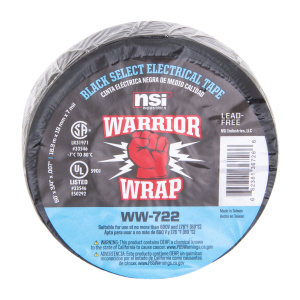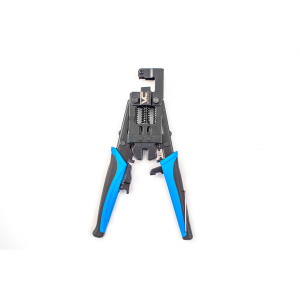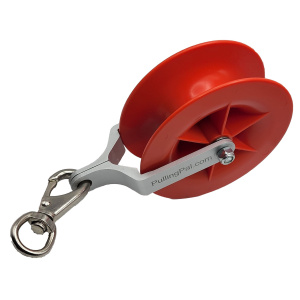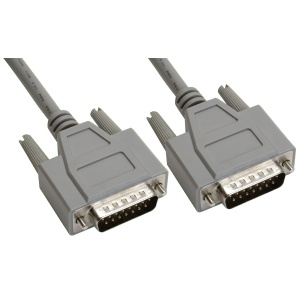Introduction to Optical Fibers
Optical fibers have revolutionized the telecommunications industry, providing higher bandwidth and lower latency compared to traditional copper cables. They are widely used for internet, television, and telephone services. There are various types of optical fibers, but in this article, we’ll focus on the differences between OS1 and OS2 fiber, which are both single-mode fibers.
OS1 vs OS2: Understanding the Basics
OS1 Fiber
OS1 fiber, also known as Optical Single-mode 1, is an ITU-T G.652 compliant single-mode fiber that offers low attenuation and high bandwidth. It is designed for short-distance applications, typically up to 10 kilometers (6 miles). OS1 fibers are mainly used for campus networks and data centers, where high-speed data transmission is needed over relatively short distances.
OS2 Fiber
OS2 fiber, or Optical Single-mode 2, is also an ITU-T G.652 compliant single-mode fiber but with significantly lower attenuation and higher bandwidth compared to OS1 fiber. OS2 fibers are designed for long-distance applications, supporting distances up to 200 kilometers (124 miles) or even more, depending on the specific application. OS2 fibers are commonly used in long-haul and metropolitan networks.
Key Differences Between OS1 and OS2 Fibers
Attenuation
Attenuation refers to the loss of signal strength as it travels through the fiber. OS2 fibers have lower attenuation compared to OS1 fibers, allowing signals to travel longer distances without significant loss.
Bandwidth Capacity
OS2 fibers offer a higher bandwidth capacity than OS1 fibers, which means they can support more data transfer at a given time. This makes OS2 fibers more suitable for high-capacity, long-distance applications, such as metro networks and long-haul transmission.
Maximum Distance
OS1 fibers are designed for short-distance applications, typically up to 10 kilometers (6 miles). In contrast, OS2 fibers can support much longer distances, up to 200 kilometers (124 miles) or more, depending on the specific application and equipment used.
Cable Construction
OS1 and OS2 fibers have different cable constructions to accommodate their respective attenuation and distance capabilities. OS1 fibers typically have a tighter buffer and a higher density of fibers within the cable. In contrast, OS2 fibers have a looser buffer construction, which allows for better performance over longer distances.
Cost
OS2 fibers are generally more expensive than OS1 fibers due to their improved performance characteristics. However, the overall cost difference between the two may be negligible when considering the total cost of a network deployment, including equipment, installation, and maintenance.
Applications of OS1 and OS2 Fibers
OS1 Fiber Applications
OS1 fibers are ideal for short-distance applications, such as campus networks, data centers, and building-to-building connections. Their relatively low cost and high performance over short distances make them a popular choice for these scenarios.
OS2 Fiber Applications
OS2 fibers are better suited for long-distance applications, such as long-haul and metropolitan networks. Their higher bandwidth capacity and lower attenuation make them the preferred choice for these demanding environments.
How to Choose Between OS1 and OS2 Fibers
Determining Your Needs
When choosing between OS1 and OS2 fibers, it’s essential to assess your specific requirements. Consider the distance between the devices you want to connect, the required bandwidth, and your budget. If your needs are primarily short-distance, high-speed connections, OS1 fibers may be more suitable. On the other hand, if you require long-distance, high-capacity connections, OS2 fibers might be the better option.
Considering Future Expansion
Another important factor to consider is the potential for future expansion. As technology evolves and bandwidth demands increase, you may need to upgrade your network infrastructure. Choosing OS2 fibers might be a wise investment, as they can support higher bandwidth and longer distances, ensuring your network is ready for future growth.
Conclusion
Understanding the differences between OS1 and OS2 fibers is crucial when designing or upgrading a network infrastructure. While OS1 fibers excel at short-distance, high-speed applications, OS2 fibers are designed for long-distance, high-capacity connections. By evaluating your specific needs and considering future expansion, you can make an informed decision on which fiber type is best suited for your network.
FAQs
1. Can OS1 and OS2 fibers be used together in a network?
Yes, OS1 and OS2 fibers can be mixed within a network. However, it’s essential to ensure that the appropriate equipment is used to maintain compatibility and optimal performance.
2. How do I know if I should upgrade from OS1 to OS2 fibers?
If your network demands are increasing and you need to support longer distances or higher bandwidth capacities, upgrading to OS2 fibers might be a wise choice. Assess your current network requirements and future growth potential before making the decision.
3. Can I use the same equipment for both OS1 and OS2 fibers?
In many cases, yes, you can use the same equipment for both fiber types. However, some equipment may be specifically designed for one fiber type or the other, so it’s essential to verify compatibility with your network components and devices.
4. Are there any other single-mode fiber types besides OS1 and OS2?
Yes, there are other single-mode fiber types, such as OS1a and OS2a. However, OS1 and OS2 are the most commonly used single-mode fibers in the industry.
5. Can I switch from a multi-mode fiber network to a single-mode fiber network using OS1 or OS2 fibers?
Yes, it’s possible to switch from a multi-mode fiber network to a single-mode fiber network. However, this transition requires changes to the network equipment, as single-mode and multi-mode fibers use different types of transceivers and connectors.












